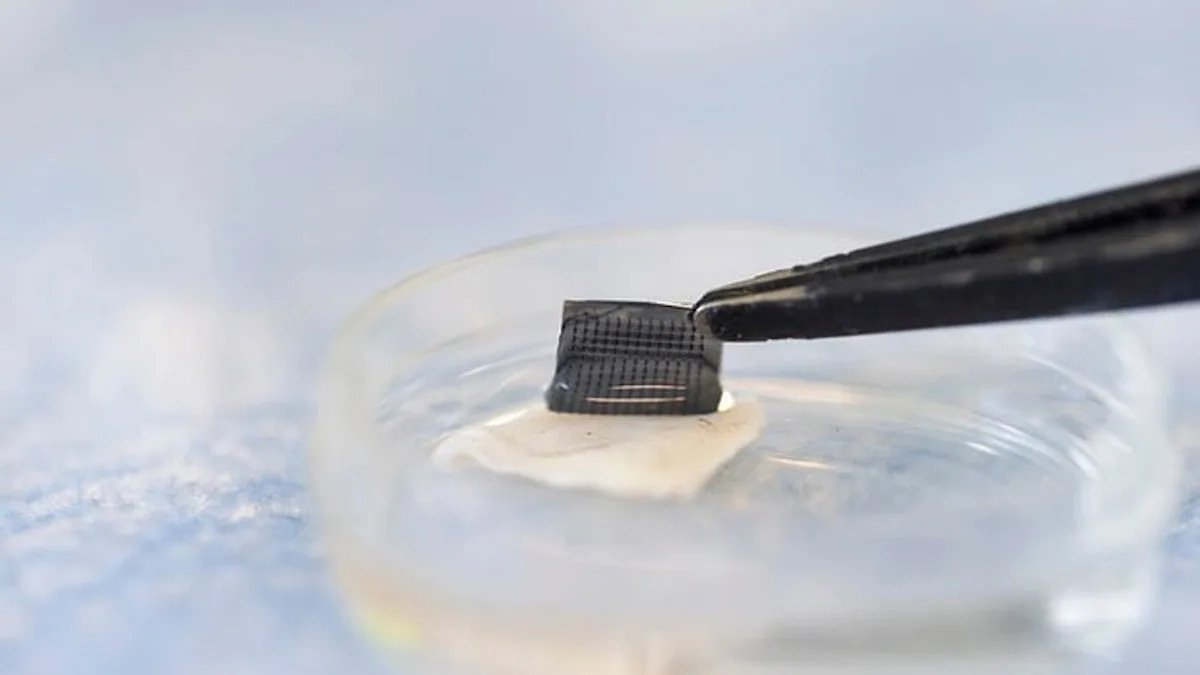Breaking News
At-home skin cancer test could be one step closer

The Brief
An experimental patch could bring the medical world one step closer to rapid at-home melanoma testing, eliminating the need for a biopsy or blood draw.
The ExoPatch successfully distinguished melanoma from healthy skin in mice, using a test that’s similar to taking a COVID-19 test at home.
Researchers believe the ExoPatch could be modified, potentially helping to detect other forms of cancer, including lung, breast, colon, prostate and brain cancer.
Testing for the most aggressive form of skin cancer could one day be akin to taking a COVID-19 test at home, according to researchers at the University of Michigan.
The researchers have developed a silicone patch – the ExoPatch – to distinguish melanoma from healthy skin. The patch worked when tested on mice.
What this means
Big picture view
The ExoPatch could bring the medical world one step closer to rapid at-home melanoma testing, eliminating the need for a biopsy or blood draw, researchers said.
What they’re saying
“The star-shaped needles make puncture easier and less painful, but they are so small that they only go through the top-most layer of the skin, the epidermis, and do not draw blood,” said Sunitha Nagrath, a professor of Chemical Engineering at the university and co-corresponding author of the study published in Biosensors and Bioelectronics.
“A fair-skinned person with moles must go to the doctor about every six months to send off a biopsy to see if they’re malignant or benign. With this test, they could instead test at home, get the results right away and follow up with a dermatologist for a positive result,” Nagrath said.
How it works
By the numbers
The ExoPatch microneedles are 0.6 mm long with a width of less than 100 nanometers (0.0001 mm) at the tip. They’re coated with a gel that picks up exosomes — or “tiny packages released by cells” — from the interstitial fluid that fills the spaces between cells in the epidermis.
READ MORE: Rare flu complication causing brain swelling on the rise in kids, study finds
Dig deeper
Exosomes contain DNA and RNA fragments that cells use to communicate with each other. Exosomes help tumors spread, and detecting them can catch cancer sooner than other methods of detection, researchers found.
The researchers first tested the ExoPatch on a tissue sample of pig skin, which closely resembles human skin in thickness and composition. The team also tested tissue samples of mouse skin, half from healthy mice and half from mice injected with a fragment of a human melanoma tumor. Once researchers confirmed that the exosomes stuck to the ExoPatch, they dissolved the gel and ran the sample through the test strips.
READ MORE: What is Legionnaires’ disease? Symptoms, how you get it
“The test successfully distinguished between melanoma and healthy tissues with a 3.5-fold darker line in melanoma samples,” researchers said.
What’s next
Researchers are planning a pilot study in humans, followed by a series of clinical trials. They believe the ExoPatch could be modified, potentially helping to detect other forms of cancer, including lung, breast, colon, prostate and brain cancer.
“The potential applications are huge,” Nagrath said.
The Source
This report includes information from the University of Michigan.
